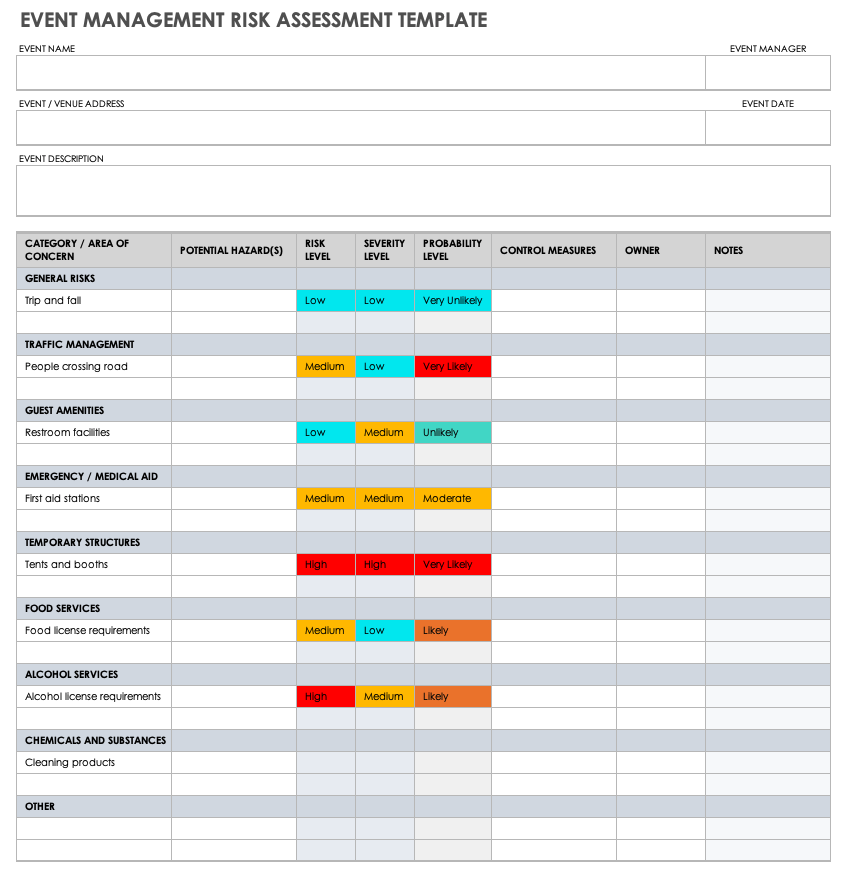

Transfer / share – Outsource risk (or a portion of the risk) to a third party or parties that can manage the outcome.Accept / retain – Assume the chance of the negative impact (or auto-insurance), eventually budget the cost (e.g.Control / mitigate / modify / reduce – Reduce threat impact or likelihood (or both) through intermediate steps.Avoid – Change plans to circumvent the problem.Main article: Risk management § Potential risk treatmentsīroadly, there are four potential responses to risk with numerous variations on the specific terms used to name these response options: Most critically, risk management plans include a risk strategy. Risk management plans should be periodically reviewed by the project team to avoid having the analysis become stale and not reflective of actual potential project risks.

The risk management plan contains an analysis of likely risks with both high and low impact, as well as mitigation strategies to help the project avoid being derailed should common problems arise. Moreover, according to the Project Management Institute, a risk is "an uncertain event or condition that, if it occurs, has a positive or negative effect on a project's objectives." Risk is inherent with any project, and project managers should assess risks continually and develop plans to address them. Program, or portfolio management plan that describes how risk management activities will be structured and performed." According to the Project Management Institute, a risk management plan is a "component of the project, It also contains a risk assessment matrix.

( July 2021) ( Learn how and when to remove this template message)Ī risk management plan is a document that a project manager prepares to foresee risks, estimate impacts, and define responses to risks. Please help to improve this article by introducing more precise citations. This article includes a list of general references, but it lacks sufficient corresponding inline citations.


 0 kommentar(er)
0 kommentar(er)
